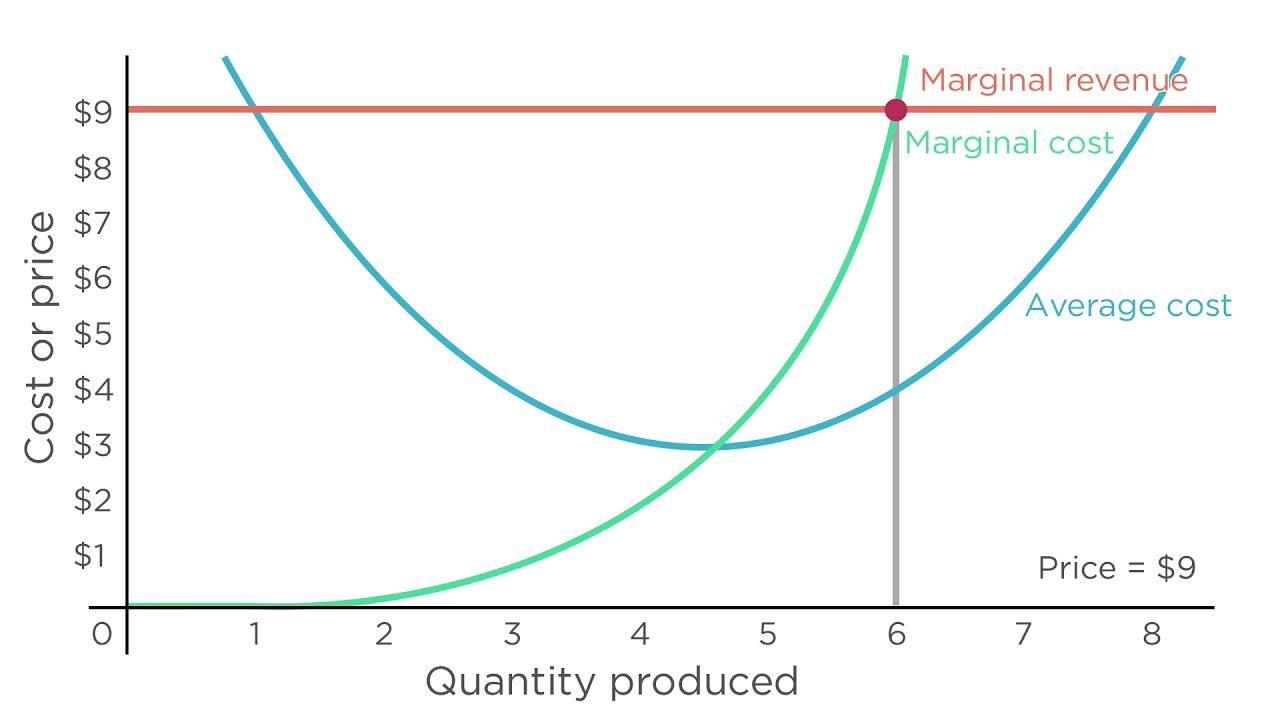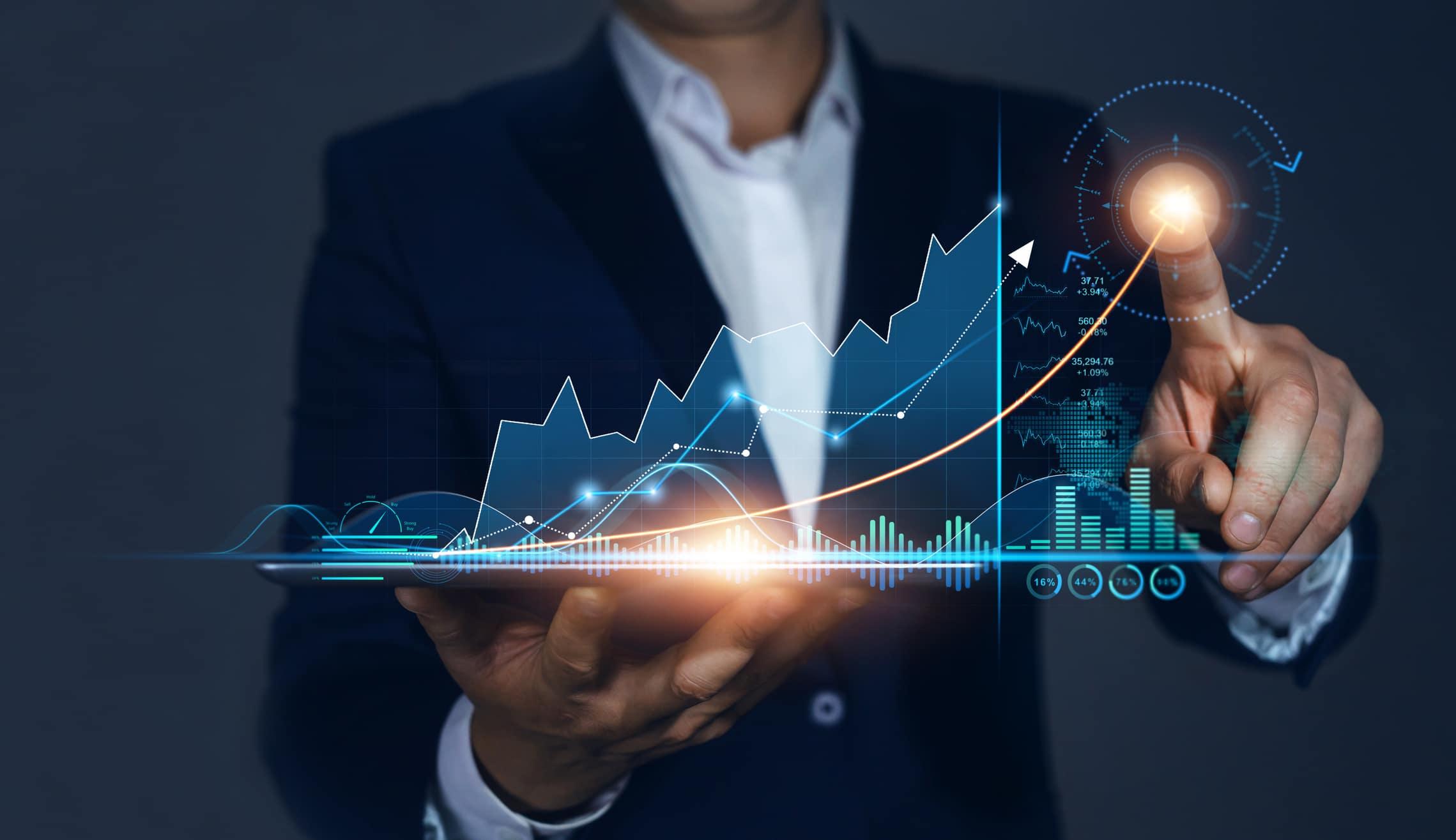In the world of logistics, efficiency is key. As businesses strive to streamline their operations and maximize profits, one concept becomes increasingly important: marginal cost. When it comes to transport and shipping, understanding and optimizing marginal costs can make all the difference. Join us as we delve into the world of marginal cost logistics and explore how this innovative approach is revolutionizing the way goods are moved around the globe.
Understanding Marginal Cost Analysis in Logistics
When it comes to the world of logistics, understanding marginal cost analysis is crucial for businesses to optimize their transportation and shipping operations. Marginal cost refers to the additional cost incurred by producing one more unit of a product or service. In the context of logistics, this means analyzing the cost of transporting each additional unit of goods to determine the most cost-effective way to fulfill customer orders.
By incorporating marginal cost analysis into their logistics strategy, companies can make informed decisions about factors such as pricing, inventory management, and route planning. This analysis allows businesses to identify areas where they can reduce costs and improve efficiency, ultimately leading to increased profitability. With the ever-changing landscape of the logistics industry, a deep understanding of marginal cost analysis is essential for companies looking to stay competitive in the market.

Optimizing Transportation Costs in the Supply Chain
When it comes to , understanding and utilizing marginal cost logistics is key. By focusing on the incremental cost of transporting each additional unit of goods, companies can make strategic decisions to minimize expenses and maximize efficiency. This approach involves evaluating factors such as transportation modes, routes, and shipment sizes to identify the most cost-effective solutions.
One effective strategy for optimizing transportation costs is to leverage a mix of transportation modes, such as trucks, trains, and ships, to take advantage of their respective strengths and cost structures. By using a combination of modes, companies can reduce overall transportation expenses while maintaining service levels to meet customer demands. Additionally, implementing advanced technologies like route optimization software and real-time tracking systems can provide valuable data insights that enable companies to make informed decisions and continually improve their transportation operations.

Strategies for Enhancing Efficiency in Shipping Operations
One strategy for enhancing efficiency in shipping operations is by implementing a Just-in-Time (JIT) delivery system. This method focuses on minimizing inventory holding costs by ensuring that materials are delivered to the production line or customers only when needed. By reducing excess inventory, companies can free up storage space, reduce handling costs, and improve cash flow. Adopting a JIT system can help streamline shipping processes, decrease lead times, and ultimately enhance overall operational efficiency.
Another effective strategy for optimizing shipping operations is through the utilization of advanced route planning software. This technology allows companies to plan the most efficient routes for deliveries, taking into account factors such as traffic congestion, road closures, and weather conditions. By optimizing delivery routes, businesses can reduce fuel costs, minimize vehicle wear and tear, and improve on-time delivery rates. Investing in route planning software can lead to significant cost savings and enhanced productivity in shipping operations.

Maximizing Profits Through Marginal Cost Management
Managing marginal costs in logistics, transport, and shipping is vital for businesses looking to maximize profits. By carefully analyzing and optimizing these costs, companies can streamline their operations and make strategic decisions that will ultimately lead to increased profitability.
Utilizing efficient routing strategies, evaluating transportation modes, and negotiating cost-effective contracts with suppliers are all key components of successful marginal cost management in the transportation industry. Additionally, investing in technology to track and monitor operational expenses can provide valuable insights for cost-saving opportunities. By implementing these strategies and continuously evaluating and adjusting costs, businesses can achieve their goal of maximizing profits in the competitive market.
To Wrap It Up
In conclusion, understanding and optimizing marginal cost in logistics, transport, and shipping can truly revolutionize the way we approach the movement of goods. By focusing on the incremental costs associated with each unit of product transported, companies can make smarter decisions that not only save money but also increase efficiency and reduce environmental impact. Embracing the concept of marginal cost in this industry is a step towards a more sustainable and competitive future. Let’s continue to explore and innovate in this field to create a more efficient and cost-effective shipping network for the benefit of all.
